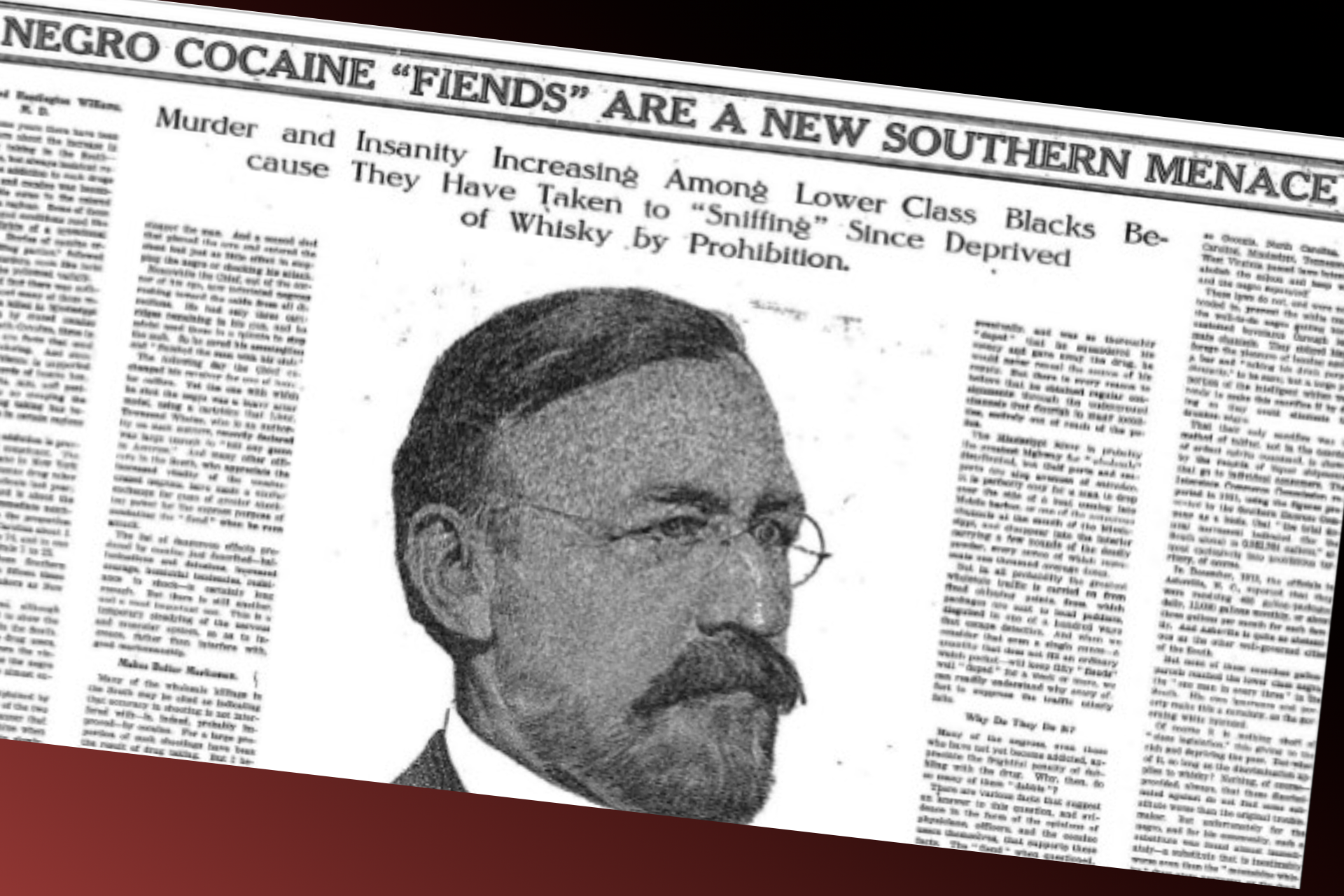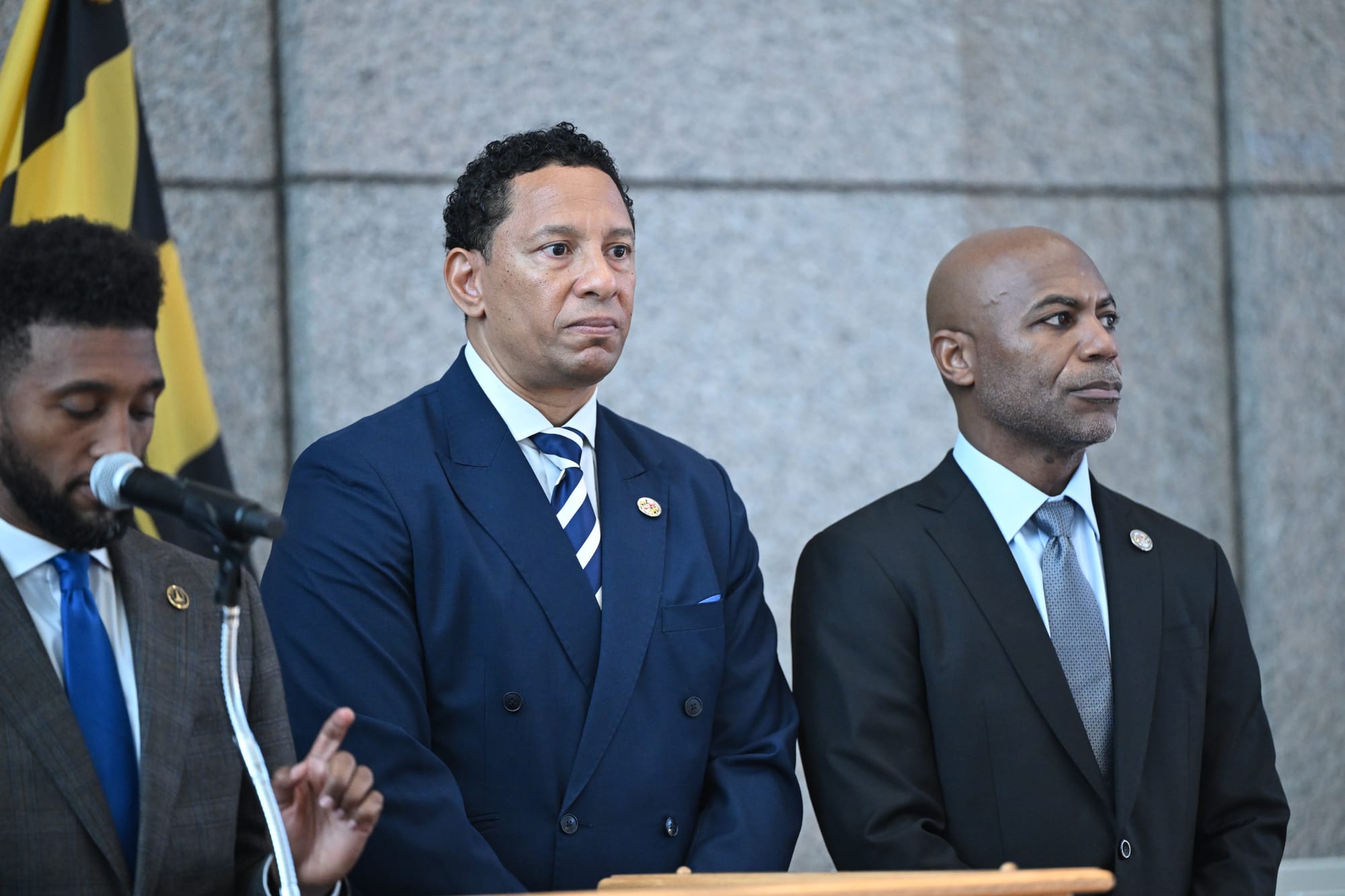
A judge has rejected Baltimore’s request for $5.2 billion in abatement money in a long-running opioid lawsuit—dealing a major blow to its ambitious plan to address the overdose crisis. The June 12 ruling will also allow for a new trial against the two opioid distributors from which Baltimore sought the vast sum, reversing a 2024 decision that won the city $266 million.
Baltimore City Circuit Court Judge Lawrence P. Fletcher-Hill said the city failed to prove that it needed McKesson and Cencora (formerly AmerisourceBergen), to pay $5.2 billion to cover the costs of redressing the damages they allegedly caused.
The city had previously argued that it needed the money because the pharmaceutical giants recklessly peddled prescription opioids and misled the public about their addictive potential, leaving Baltimore with a growing addiction and overdose crisis that has claimed thousands of lives.
“The court is struck by the fact that the City did not present any evidence of any unreasonable conduct by either Defendant after about 2019,” Fletcher-Hill wrote in the ruling. “The City also chose not to ask for an injunctive relief to change the practices of either Defendant in the future. Rather, any abatement remedy will be to deal only with the ongoing effects of Defendants’ conduct in the past.”
While the judge rejected the sum the city requested for abatement, his ruling indicates that the court will still make a decision on the final amount. But first, the city must decide by July 7 if it will accept or contest a massive cut to $266 million it won in a jury verdict in the first phase of the trial.
Fletcher-Hill wrote that the jury’s decision was predicated on the flawed assertion that 97 percent of opioid-related damages were caused by the two companies. In light of that, he instead proposed that the two defendants pay just under $52 million. McKesson would pay the bulk of that, at $37.4 million.
“The Court finds that the verdict rendered is grossly excessive in light of the evidence and is shocking to the Court,” Fletcher-Hill wrote.
Fletcher-Hill’s much-anticipated ruling came after lawyers for the city and companies wrapped up their arguments in the second phase of the trial in December; he delayed his decision twice in recent months.
In November, in the first phase of the trial, a jury ordered the companies to pay the city more than $266 for the “public nuisance” caused by their practices. That brought the city’s anticipated litigation-funded overdose prevention war chest to nearly $670 million, but the city will now likely have to adjust its plans to operate on roughly $200 million less.
“This decision is disappointing to say the least. We are evaluating the decision and considering all of our options,” Baltimore Mayor Brandon Scott said in a statement.
“Even with today’s decision, the settlements we’ve reached through this process far exceed what our city would have gained through the global settlement — making it clear that we made the right decision to continue this fight alone.”
The city had hoped the $5.2 billion would fund a 15-year, five-point abatement plan, which calls for increased investments in treatment; harm reduction; education; services for special populations such as pregnant women; and monitoring and implementation.
The plan entails increasing the city’s treatment capacity, augmenting harm reduction initiatives and opening overdose prevention centers, which advocates have said are long overdue.
Baltimore already has numerous harm reduction and treatment programs, but those who testified said the current level of services is inadequate and must be expanded. The model used by the city estimates that more than 32,500 people at any given time have opioid use disorder.
The city could reduce overdoses by 50 percent and triple the number of people in treatment under the plan, witnesses said.
However, the city’s aim to reduce opioid prescriptions by 55 percent is deeply controversial—part of what some advocates say is a chilling effect that’s exacerbated by opioid lawsuits themselves.
While many people who use fentanyl or heroin began with pharmaceutical opioids, the vast majority of people who are prescribed opioids do not develop opioid use disorder (OUD). Nationally, a crackdown on opioid prescribing has been implicated in driving the overdose crisis to unprecedented levels. It has also been hugely detrimental to pain patients—a phenomenon that has spurred lawsuits elsewhere.
The city predicated much of its legal argument on the assertion that the overdose crisis was largely caused by “pill mills” that dished out millions of opioids they received from companies such as Cencora and McKesson.
Defense attorneys, however, said that the abatement plan failed to identify any faults in the companies’ practices. They also questioned the legitimacy of the city’s statistical model that estimated OUD prevalence, which is largely what its cost estimates are based on, and why the plan did not factor in existing overdose prevention programs that may already be funded.
The city’s witnesses grew impatient with the defense, persistently arguing that funding for existing programs will run out, and that the plan focuses on fully funding initiatives over 15 years by putting the funds in a trust that accrues interest. Those on the stand dismissed concerns regarding the statistical model, and emphasized that the severity of the crisis requires an equally ambitious plan to address it.
With the final outcome of the case yet to be determined, it’s unclear to what extent the June 12 decision will impact the city’s overdose prevention initiatives. But funding for those initiatives looks certain to be far less than the city had hoped.
The ruling comes on the heels of a historic drop in overdose deaths in Baltimore, which has been the worst-impacted city in the United States.
Data recently published by the Maryland Department of Health showed the city recorded 775 deaths in 2024, a decrease of nearly 26 percent from the year prior. Subsequent monthly data seem to indicate that the downward trend has continued.
The last time Baltimore saw fewer than 800 overdose deaths was in 2017. Though the numbers are preliminary and subject to change, the decline has prompted both newfound optimism and a recognition that more work must be done—above all, in marginalized populations where the crisis remains at a devastating level.








Comments